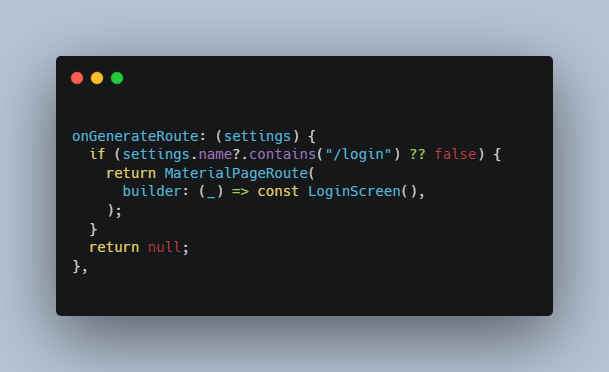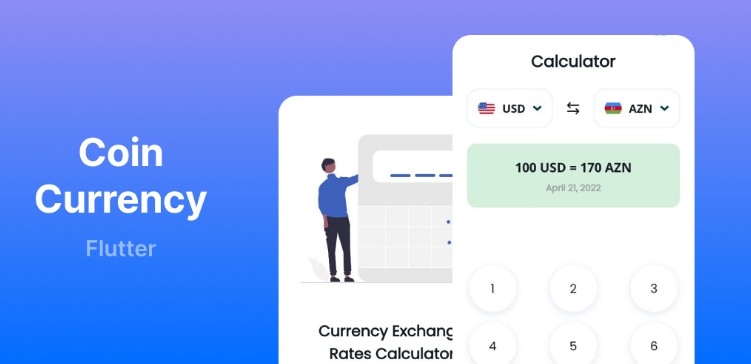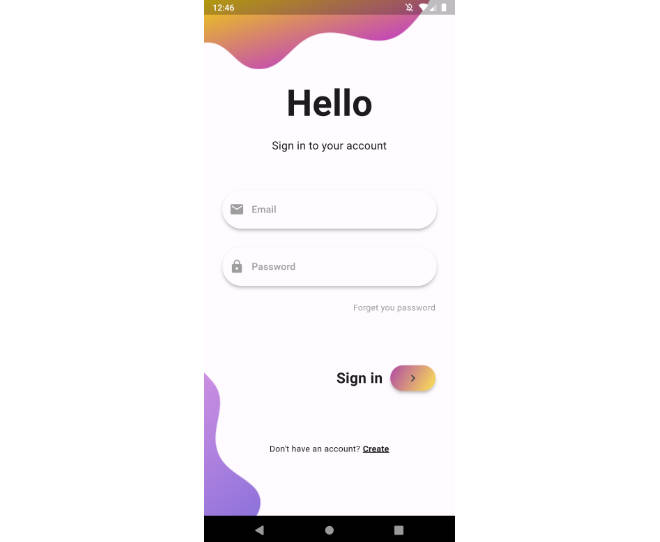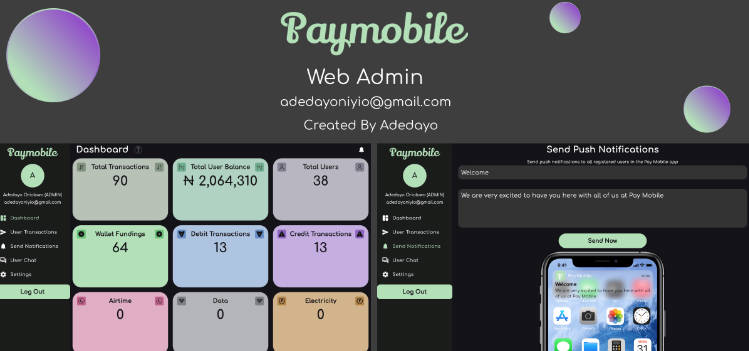google_sign_in_web_redirect
Implement Sign Google redirect(working for incognito mode).
Usage
Import the package
dependencies:
google_sign_in_web_redirect:
git: https://github.com/kunkaamd/google_sign_in_web_redirect
import 'package:google_sign_in_web_redirect/google_sign_in_web_redirect.dart';
Integration
First, go through the instructions here to create your Google Sign-In OAuth client ID.
On your web/index.html file, add the following meta tag, somewhere in the
head of the document:
<meta name="google-signin-client_id" content="YOUR_GOOGLE_SIGN_IN_OAUTH_CLIENT_ID.apps.googleusercontent.com">
For this client to work correctly, the last step is to configure the Authorized JavaScript origins, which identify the domains from which your application can send API requests. When in local development, this is normally localhost and some port.
You can do this by:
- Going to the Credentials page.
- Clicking “Edit” in the OAuth 2.0 Web application client that you created above.
- Adding the URIs you want to the Authorized JavaScript origins.
- Adding the redirect URIs Authorized redirect URIs.
For local development, may add a localhost entry, for example: http://localhost:7357
Starting flutter in http://localhost:7357
Normally flutter run starts in a random port. In the case where you need to deal with authentication like the above, that’s not the most appropriate behavior.
You can tell flutter run to listen for requests in a specific host and port with the following:
flutter run -d chrome --web-hostname localhost --web-port 7357
Other APIs
Read the rest of the instructions if you need to add extra APIs (like Google People API).
Using the plugin
Add the following import to your Dart code:
void main() {
GoogleSignWeb.getQueryParameters();///make sure add this line
setPathUrlStrategy();///this package only support PathUrl
runApp(const MyApp());
}
fix issue “There was no corresponding route” with query params:
onGenerateRoute: (settings) {
if (settings.name?.contains("/login") ?? false) {
return MaterialPageRoute(
builder: (_) => const LoginScreen(),
);
}
return null;
},
Full list of available scopes.
You can now use the GoogleSignWeb class to authenticate in your Dart code, e.g.
initGoogleSignIn() async {
if(kIsWeb) {
GoogleSignWeb.init(
///id_token if you only want get user_id
///code if you need basic profile, access_token
responseType: "code",
scopes: ['email', 'profile'],
);
if(GoogleSignWeb.instance?.queryParameters?.idToken != null) {
final jwt = await GoogleSignWeb.instance!.verifyToken();
final userId = jwt.sub;
Navigator.pushNamed(context, '/main',arguments: userId);
} else if (GoogleSignWeb.instance?.queryParameters?.code != null) {
///TODO step 1: send code to Server side to take ID Token & basic profile(name, displayname, picture)
/// we can't make this api from Client side because you need client_secret.
/// POST /token HTTP/1.1
/// Host: oauth2.googleapis.com
/// Content-Type: application/x-www-form-urlencoded
///
/// code=4/P7q7W91a-oMsCeLvIaQm6bTrgtp7&
/// client_id=your-client-id&
/// client_secret=your-client-secret&
/// redirect_uri=https%3A//oauth2.example.com/code&
/// grant_type=authorization_code
/// more details: https://developers.google.com/identity/protocols/oauth2/openid-connect#exchangecode
///
///TODO step 2: verify token get from response Server side
///
/// GoogleSignWeb.instance.token = "YOUR_ID_TOKEN_RESPONSE_FROM_SERVER";
/// GoogleSignWeb.instance.verifyToken();
try {
final response = await http.post(Uri.parse("https://six-colts-rhyme-116-110-109-131.loca.lt/auth/idToken"),body: {
"code": GoogleSignWeb.instance!.queryParameters!.code,
},headers: {
"Access-Control_Allow_Origin": "*"
});
final responseData = jsonDecode(response.body);
GoogleSignWeb.instance!.token = responseData['id_token'];
/// final accessToken = responseData['access_token'];
final jwt = await GoogleSignWeb.instance!.verifyToken();
Navigator.pushNamed(context, '/main',arguments: jwt.name);
} catch (_) {
print(_.toString());
}
}
}
}
//on press login;
GoogleSignWeb.instance?.signIn();
Example
Find the example wiring in the google_sign_in_web_redirect.
Thank you!





